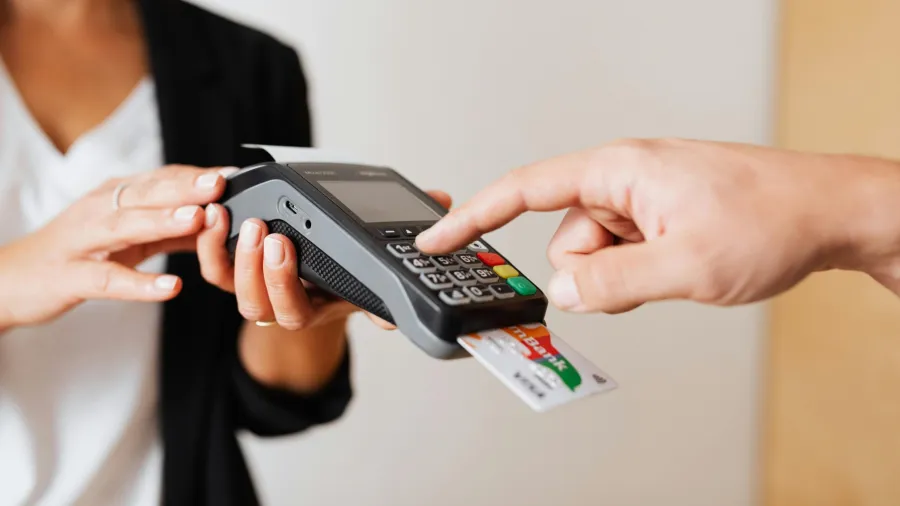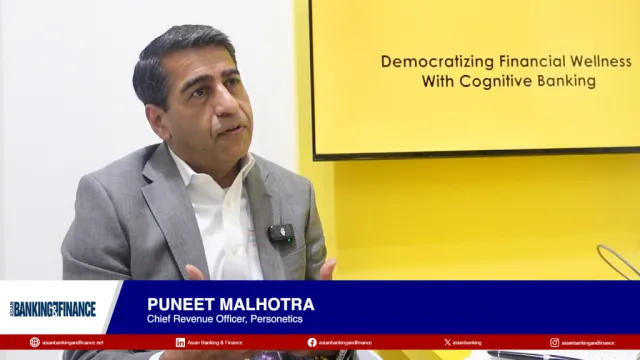
South Korea’s payment card market projected to reach $1t in 2025
This is driven by a growing preference for digital payments.
The South Korean payment card market, including both point-of-sale (POS) payments and ATM withdrawals, is expected to rise by 3.8% to $1t (KRW1.4Q), according to GlobalData.
This is driven by a growing preference for digital payments.
Between 2020 and 2024, card payments rose at a compound annual growth rate (CAGR) of 7.8%, hitting $972.4b (KRW1.3Q) in 2024.
In contrast, ATM cash withdrawals grew only 0.9% over the same period as fewer people used cards for withdrawals.
“South Korea’s cards and payments industry is well-developed, with each individual estimated to hold over six cards as of July 2025,” said Shivani Gupta, banking and payments analyst at GlobalData.
“The card usage frequency increased from 86.2 times per card in 2021 to an estimated 97.8 times per card in 2025,” Gupta added.
By 2025, POS transactions are expected to account for 96.1% of card payments, leaving a small share for cash withdrawals.
The number of card payment transactions is estimated to climb from 24.2 billion in 2021 to 30.7 billion in 2025 at a CAGR of 6.2% and further to 35.9 billion by 2029.
Recent industry moves highlight efforts to expand card use. In January 2025, payment firm NHN KCP and Verifone launched a new all-in-one POS terminal, “KCP Terminal The Black,” aimed at small and medium-sized businesses.
In July, Jeju Island signed a deal with six organisations, including the Korea Payment Service Promotion Agency, to expand contactless card use on local bus services.
“The payment cards market is forecasted to grow at a CAGR of 3.6% between 2025 and 2029 to reach KRW1.6 quadrillion ($1.2 trillion) in 2029,” Gupta said.

















 Advertise
Advertise








